The Shifting Hues of Summer: Unraveling Finland's Blue-Green Algae Chronicle
Explore Finland's evolving blue-green algae challenge. Learn how citizen science and satellite tech decode summer blooms and impact our relationship with changing waters.
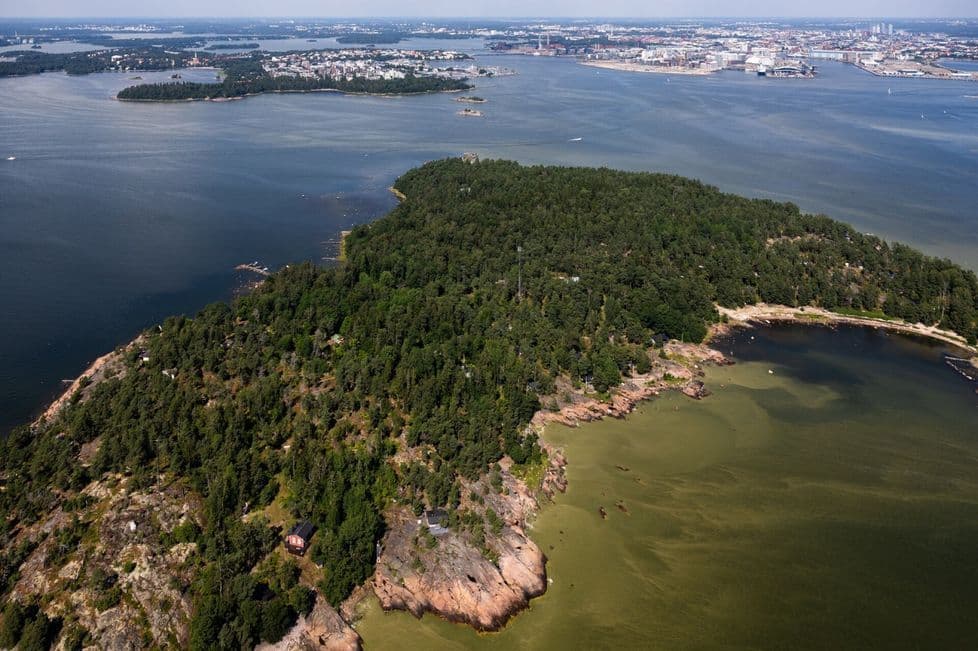
The Summer's Green Paradox: Current Algae Trends
As Finland basks in the warmth of mid-summer, its iconic waters present a compelling paradox: a season of leisure and natural beauty often coincides with the proliferation of blue-green algae, or cyanobacteria. This summer, the situation has largely remained consistent with typical mid-season patterns, yet with notable shifts. Prolonged warm and relatively calm weather has continued to foster conditions conducive to algal growth. While inland lakes and coastal areas have seen observation levels hold steady, a more pronounced increase has been recorded in 's open sea regions. Early summer rains and winds, surprisingly, also played a part, stirring nutrients and creating an initial fertile ground for blooms. The nationwide spread of observations confirms the widespread presence of algae, but the overarching assessment points to a situation that, for now, aligns with seasonal expectations. Nevertheless, the dynamic nature of these blooms means rapid local changes are always a possibility, hinging entirely on the whims of the weather. This ever-present variability underscores the need for continuous vigilance and adaptive monitoring strategies.
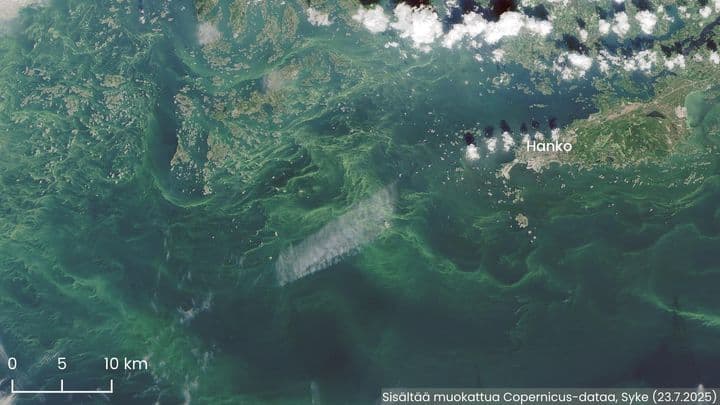
Eyes in the Sky, Boots on the Ground: Monitoring the Bloom
's approach to tracking its blue-green algae situation is a testament to sophisticated environmental surveillance, blending cutting-edge with on-the-ground expertise. The spearheads a national monitoring program, collaborating closely with ELY centres, municipal environmental and health authorities, and even civic organizations like the Finnish Rotarians. This multi-layered network provides a comprehensive overview, but the true innovation lies in the integration of satellite technology. Modified and data, particularly from the Sentinel-3 OLCI instrument, are crucial. These 'eyes in the sky' feed into daily 'algae barometers' for open sea areas, allowing experts to track the average intensity of blooms, comparing current levels against historical data stretching back to 2009. These barometers, alongside detailed imagery from satellites, are accessible via platforms like Syke’s Tarkka service and Vesi.fi, offering near real-time insights. Beyond satellites, data from the Border Guard, the research vessel Aranda, and commercial ships equipped with Alg@line measurement devices further enrich the picture, painting a highly detailed portrait of the algal presence across Finland's vast waterways.
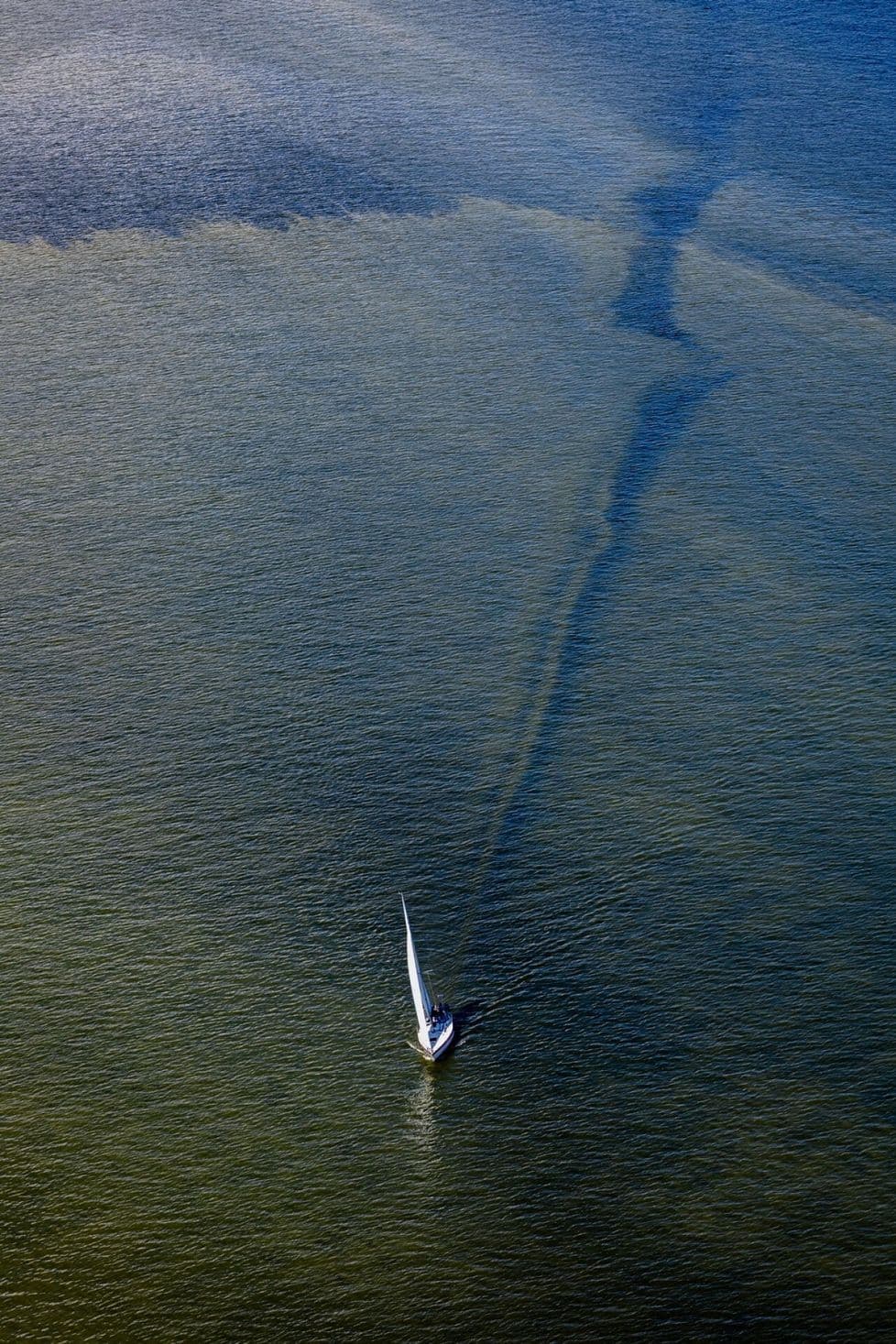
Community Currents: The Power of Citizen Science
While satellites provide a macro view and official monitoring offers structured data, the grassroots efforts of Finnish citizens form an indispensable pillar of the nation's algae surveillance. Citizen science, far from being a mere supplement, delivers invaluable, granular information that complements expert observations. Platforms like Järvi-meriwiki and Vesi.fi serve as crucial conduits, allowing anyone to report blue-green algae sightings. This past week alone saw a remarkable 322 citizen observations, demonstrating widespread engagement and a shared commitment to water health. The accessibility of this participation is key; simple at-home tests using just a stick and a glass of water empower individuals to identify potential blooms on their local shores. What makes this initiative truly powerful is the seamless integration of these citizen-submitted data points with official monitoring results and satellite interpretations. This combined information is then presented on user-friendly maps via services like Itämeri.fi and Vesi.fi, providing a holistic and up-to-date picture of the blue-green algae situation across the country. It's a powerful demonstration of collective responsibility in action, transforming concerned citizens into active participants in environmental stewardship.
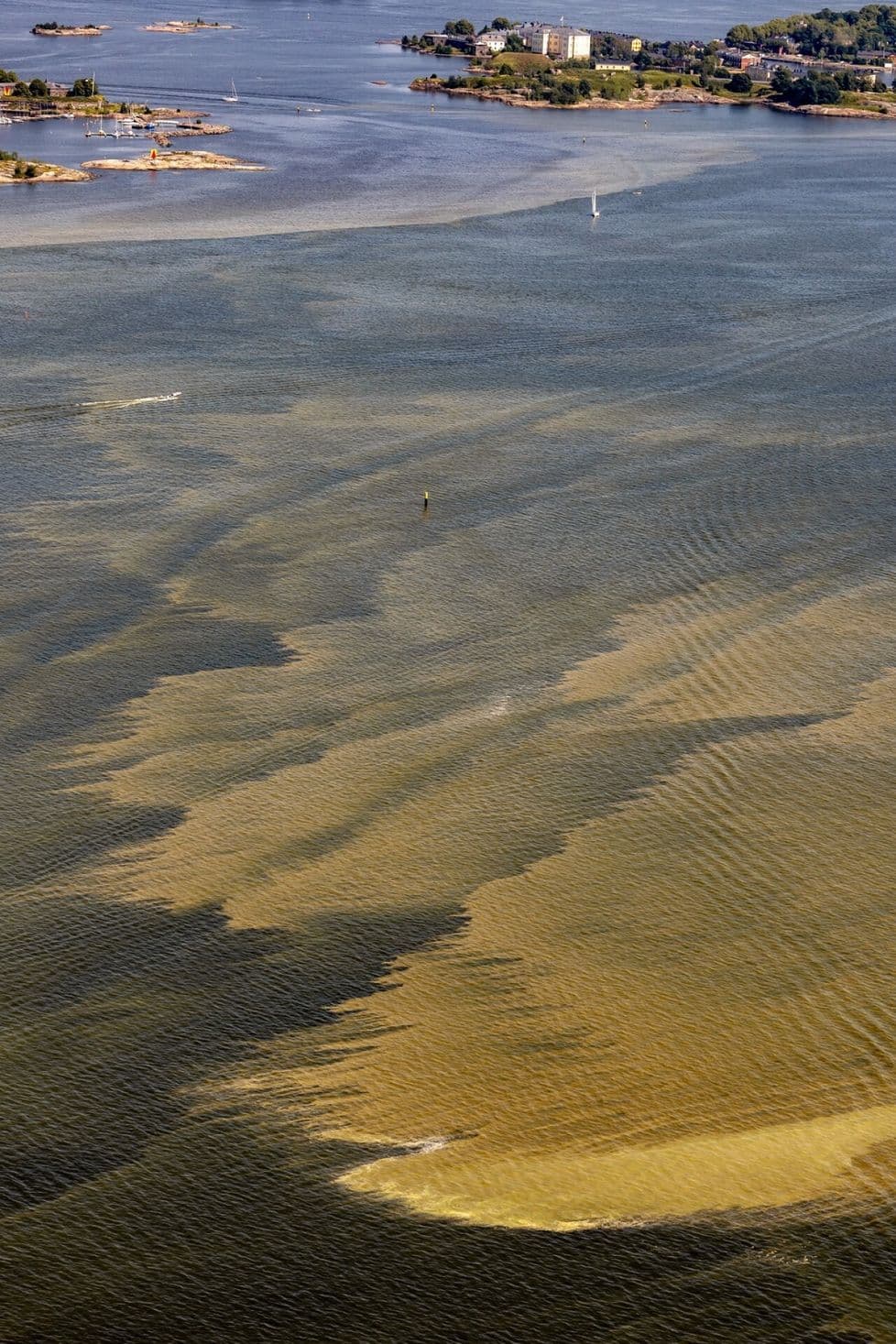
Beyond the Surface: Health, Safety, and Local Realities
The vibrant green or yellowish hues of a blue-green algae bloom, while visually striking, often mask a significant public health concern. These microscopic organisms can produce a variety of compounds, some of which are potent liver or nerve toxins. While not every bloom is toxic, the potential for adverse health effects is serious, ranging from skin irritations to more severe symptoms if ingested. Therefore, understanding how to identify these blooms is critical: look for green or yellowish particles in the water, or distinct greenish rafts on calm surfaces. It's also important to distinguish them from harmless pine pollen, which often appears similarly but settles on surfaces like jetties. Public health authorities, including the and the Poison Information Centre, provide clear guidelines. Small children and pets are particularly vulnerable and should be kept away from affected waters. Furthermore, blue-green algae contaminated water should never be used for bathing, washing, or irrigation due to potential health risks. In cases of suspected poisoning, immediate medical attention for humans or veterinary care for pets is advised, underscoring the serious nature of these environmental phenomena.
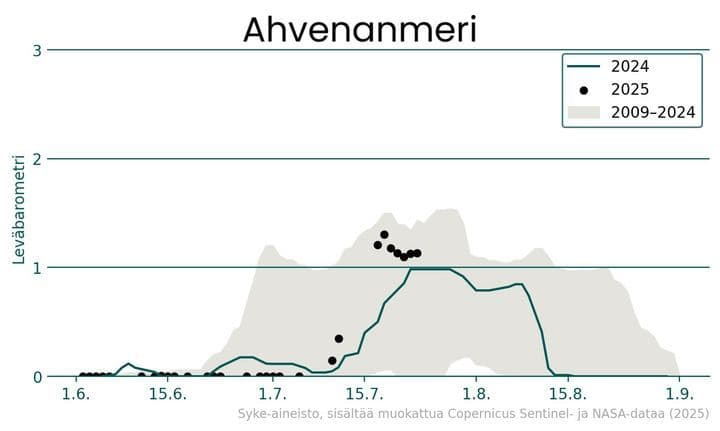
Navigating the Uncharted Waters: Adapting to a Changing Climate
The recurring presence and evolving patterns of blue-green algae blooms in are not isolated events but rather significant indicators of broader environmental shifts, particularly those driven by . The consistent mention of 'warm and calm weather' as a primary catalyst for blooms points directly to the increasing frequency of such conditions in northern summers. Early summer rains and winds, while seemingly innocuous, can also contribute by washing nutrient loads into waterways, further fueling algal growth. As global temperatures rise, Finland's waters are likely to experience more prolonged periods of warmth, potentially leading to more frequent, extensive, and intense blooms. The recognizes this challenge, viewing it not as an isolated problem but as part of a larger 'sustainability transformation' for society. Their ongoing research and comprehensive monitoring, including the detailed algae barometers that track bloom duration, abundance, and intensity, are vital tools for understanding these long-term trends. This data-driven insight is essential for developing adaptive strategies, from improved land-use practices to enhanced public awareness campaigns. Ultimately, navigating these uncharted waters demands a proactive and collective effort, ensuring the resilience and health of Finland's cherished aquatic ecosystems for future generations.
Related Articles
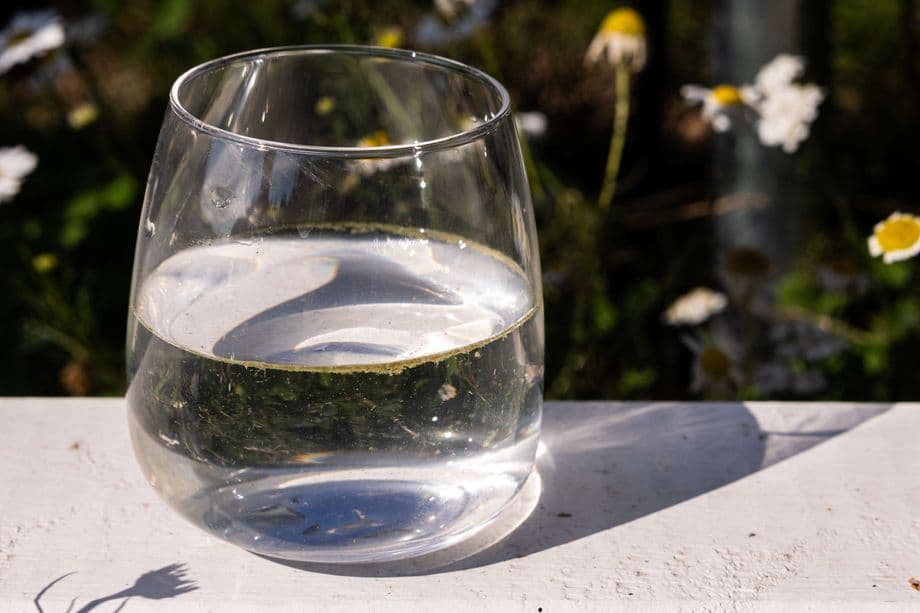
Finland's Shifting Shores: Decoding the Nuances of Blue-Green Algae Season

Finland's Shifting Shores: Decoding the Nuances of Blue-Green Algae Season
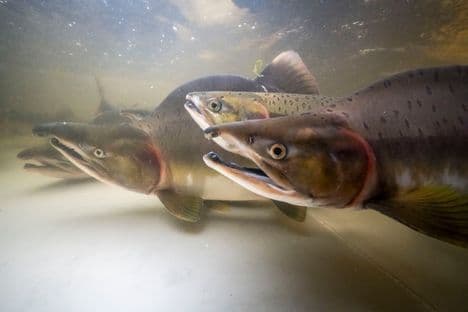
Beyond the Catch Count: Tana River's Battle for a Vanishing Ecosystem

Beyond the Catch Count: Tana River's Battle for a Vanishing Ecosystem
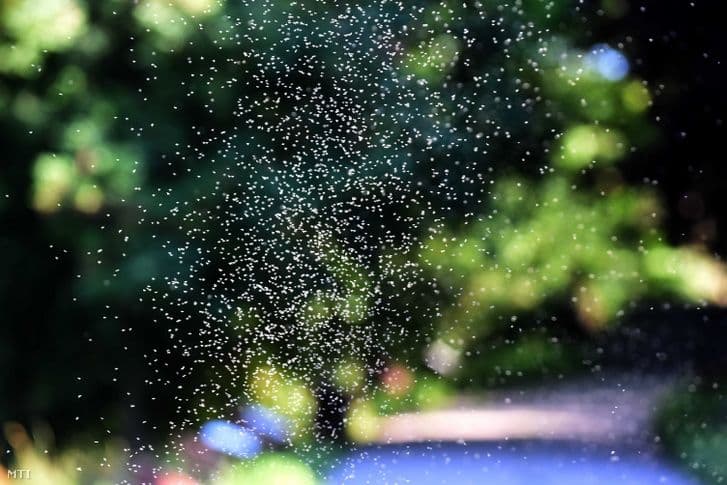
Siófók's Summer of Shadow: Navigating the Delicate Balance of Protected Pests and Thriving Tourism

Siófók's Summer of Shadow: Navigating the Delicate Balance of Protected Pests and Thriving Tourism
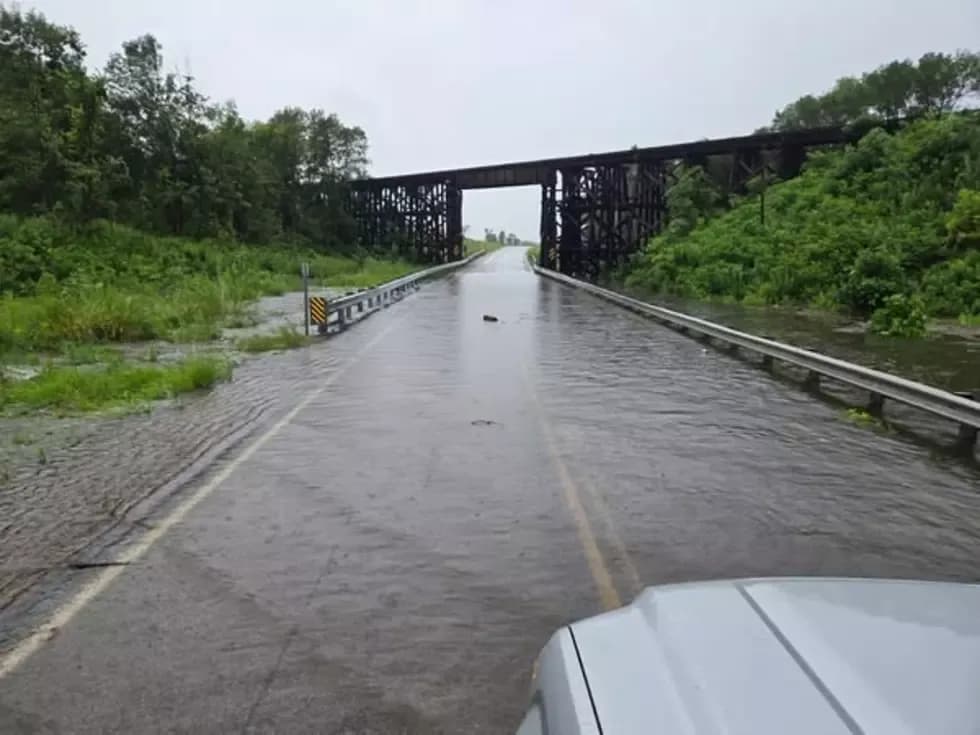
When the Skies Opened: Decoding Central Minnesota's Deluge and Its Lingering Echoes
